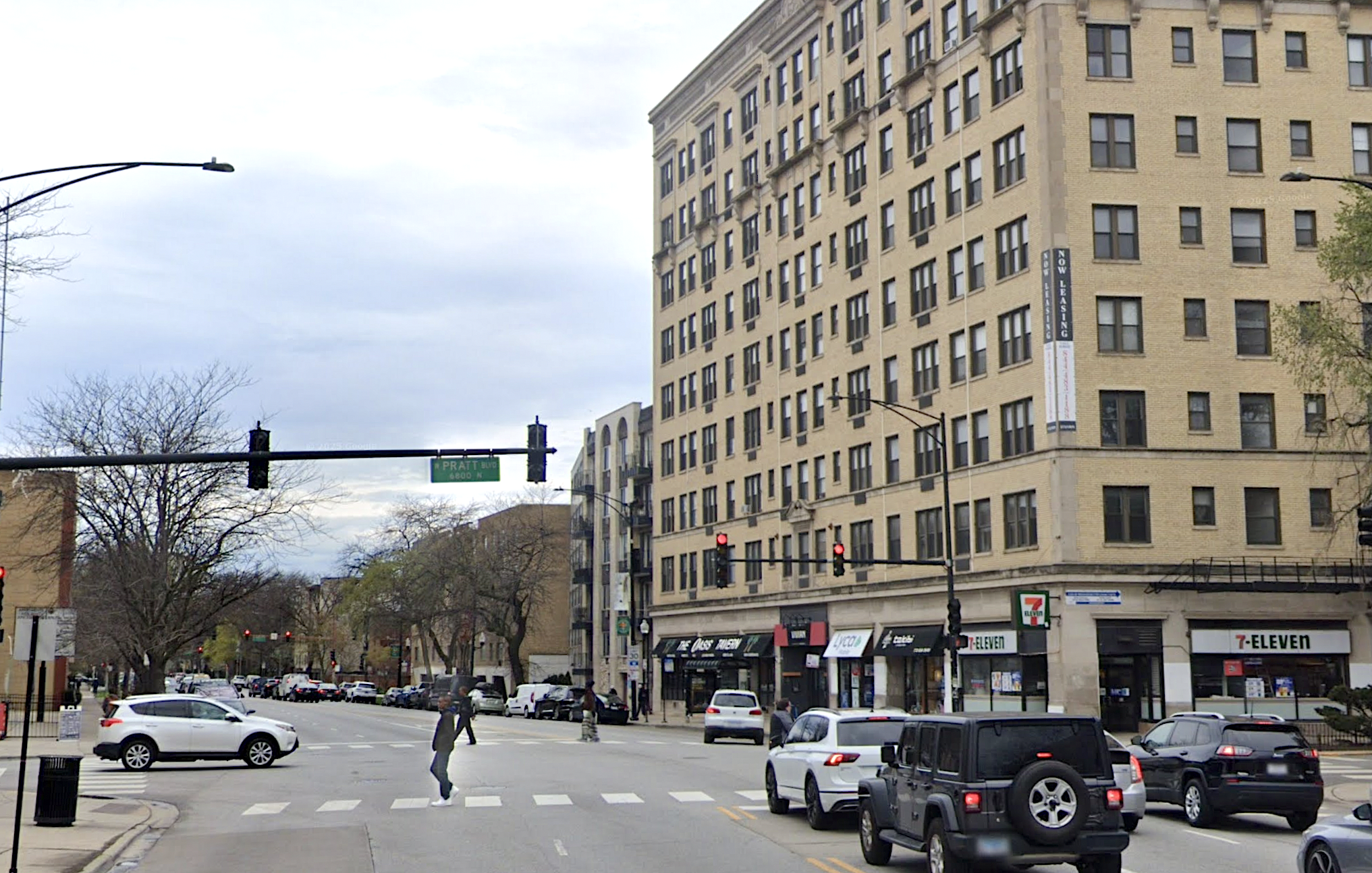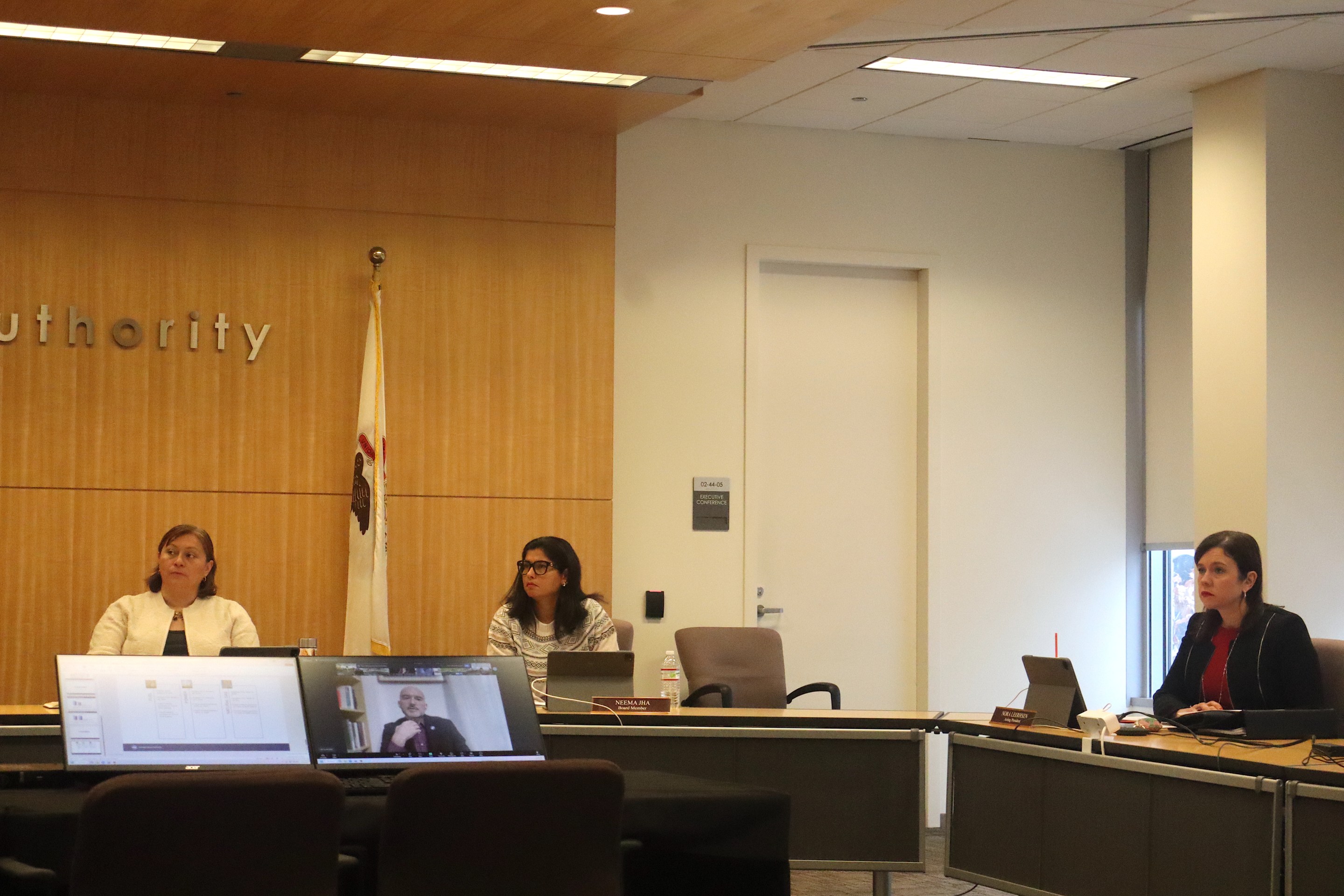Update 5/6/20: After the publication of this piece, the CTA informed Streetsblog Chicago that, contrary what was published earlier in this piece, neither the new 7000-series nor the second-newest 5000-series railcars have electric disc brakes, and therefore that technology is not to blame for flat spots on the wheels of those cars and train noise. Apologies for publishing that inaccurate info; I have removed that passage from this op-ed. Read a full explanation of braking and noise issues from the CTA here. - John Greenfield, co-editor, Streetsblog Chicago
On April 21st, the Chicago Transit Authority put the first of several hundred new 7000-series railcars into passenger service, prompting reactions from transit advocates, railfans, and the rest of the general public.
The new rolling stock includes a number of welcome innovations for passenger comfort and accessibility, including a self-leveling system to automatically match the floor height of the railcars to the adjacent platform, and on-board displays to indicate the train’s route. Combined with other improvements like new signage and train arrival displays at stations, the CTA has made great strides in terms of graphics and wayfinding, and deserves to be commended.
That said, the CTA’s approach to railcar design is long-overdue for a major overhaul. The 7000-series represents yet another round of incremental improvements to the “High Performance” family of railcars that were introduced with the 2000-series cars back in 1964. Mechanical and a few superficial cosmetic updates aside, the new cars share much of the same design DNA as cars that were rolling back when Richard J. Daley was mayor, and now look positively antiquated compared to newer stock on other transit systems. Hollywood studios know when a franchise has become stale and in desperate need of a reboot, and the CTA should do likewise for whatever generation comes after the 7000-series.
To be clear, this isn’t about a few isolated technical features or cosmetic window dressing, but about the thinking that goes into a design at a fundamental level. In the architecture world we refer to this as the design concept and we manufacture a lot of academic jargon to describe it, but it’s really just about having clear, consistent reasons why things are designed the way they are.
I don’t have any inside knowledge about the design process behind the 7000-series cars, but reading between the lines, the CTA’s thinking becomes pretty clear: “This is the way we’ve always done things and we see no reason for change. Public transportation is a form of welfare for people too poor to own cars, so only the bare minimum of dignity is required. We’re terrified that some people may vandalize these cars, so they need to be designed like dog kennels at a shelter.”
Compare this to what transit riders enjoy on numerous systems overseas and in Canada: Bombardier’s Movia series, the Siemens Inspiro series, and Alstom’s Metropolis series to name a few subway car families in common usage. Each of these companies have manufactured railcars and/or railcar components for the CTA at various times, so it’s not as if their design expertise isn’t available.
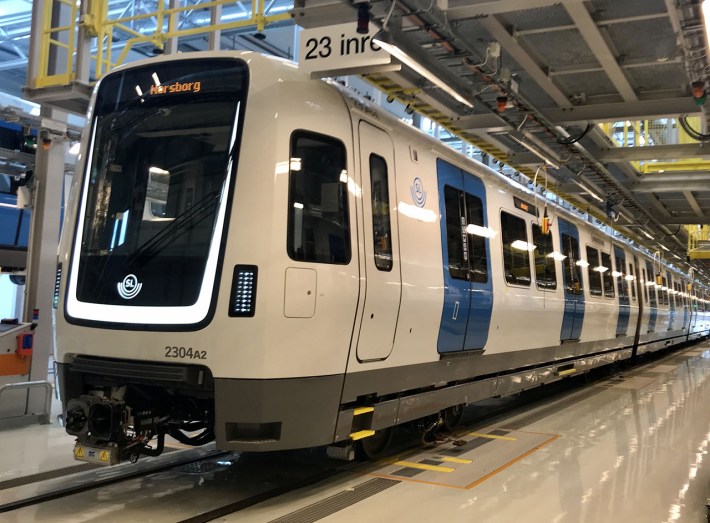
In contrast, CTA railcars still look like hand-me-downs from a former Soviet Bloc nation in the 1970s. The CTA is capable of releasing slick renderings when new railcars are first announced, but it's apparent that many ugly compromises have been made between concept and execution.
Critique is cheap without offering some constructive suggestions for improvement, so here are a few innovations I’d have on my wish list for future CTA train orders, all of which are already common practice throughout the world:
Open gangways
CTA trains are composed of “married pairs” of two 48-foot railcars that are semi-permanently coupled to each other, with total train lengths of up to eight cars, or 384 feet. Approximately 10 percent of this length is taken up by the outdoor space between cars and vacant operator cabs. Incorporating open gangways, now commonplace in Canada and overseas, allows for increased passenger capacity equivalent to an additional car, plus the ability for passengers to move freely and safely between cars to spread out [which would have been useful during the COVID-19 pandemic - Ed.] or in the event of an emergency.
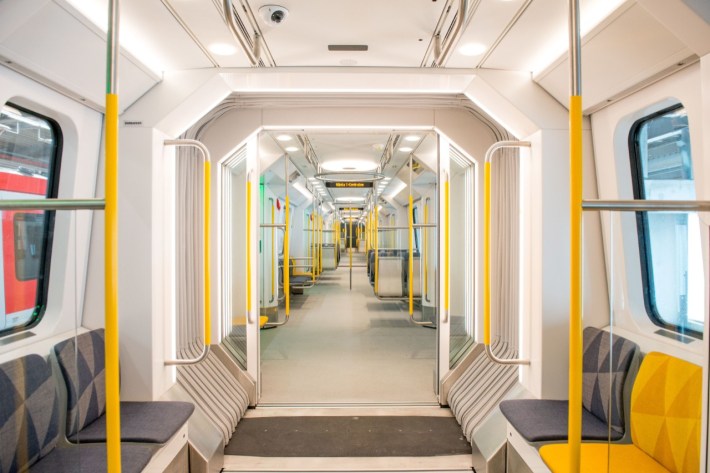
Naysayers may insist this isn’t possible on a rail system with the CTA’s sharp curves, but it’s already been done: The North Shore Line’s famous Electroliner interurban trainsets and the CTA’s own 5000-series cars from 1947 were 3-segment articulated railcars with this feature. This is a case where the CTA needs to move forward by taking a page from its own history.
Modular Air Conditioning
Few things are more miserable than a hot train, especially during evening rush hour before a ballgame. New Yorkers know this pain as well, and when the MTA introduced their next-generation R142 subway cars back in 2000, one of several notable innovations was the introduction of modular rooftop air conditioning units, two per car for redundancy.
Air conditioning is more effective when it's coming from above, and in the event one unit fails, the remaining unit still provides some relief. Once the train reaches the yard at the end of the line, the offending unit can be easily swapped out and repaired separately, allowing the train to quickly return to service with a fresh unit. As with the other items on this list, this is now a standard feature on most other rail transit systems.
This is also a safety issue; with the CTA’s current practice of locating all HVAC equipment in the undercarriage below the floor, the air filters have occasionally come into contact with the electrified third rail and caught fire. Putting the air handling units on the roof would eliminate this risk. (For winter heating, electric heaters remain located along the baseboards while the rooftop units provide air circulation.)
Additionally, rooftop units would free up space below the floor and eliminate the various doghouses that protrude into the passenger space from below, allowing for a more efficient seat layout. This leads us to my next item.
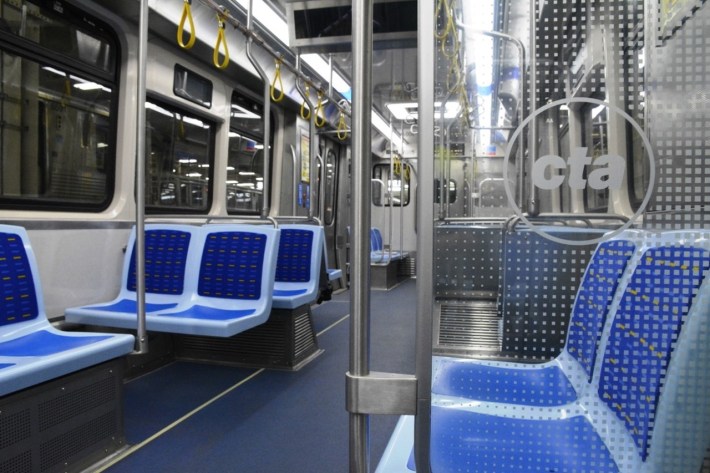
Seating Layout
This is a hotly-debated topic that risks blowing up my Twitter mentions again, but the CTA still has work to do here. CTA cars are only 8’-6” wide, compared to 10’-0” on modern subways like BART and the Washington Metro, so every square inch of interior space is at a premium. With the current design, passenger circulation is impeded by having an awkward mix of forward-facing and longitudinal seating. A lucky few people get prime forward-facing window seats while everybody else has to put up with a terrible interior layout.
The CTA experimented with aisle-facing longitudinal seating on the 5000-Series cars, but by using bucket seats instead of bench seating and with awkwardly-placed vertical stanchions, this effort was halfhearted at best. Is 100-percent longitudinal seating the answer? I’m not quite willing to die on that hill, but one possible solution would be to shift the forward-facing seats to the ends of each car, with longitudinal bench seating filling out the middle zone where standing passengers are most likely to congregate. This alone would also greatly improve circulation and wheelchair accessibility. Regardless, more time at the drawing board is clearly needed. The CTA isn’t the only transit agency that has faced this issue, and they shouldn’t be shy about incorporating successful best practices from other systems.
The Bigger Picture
Those are a few specific wish-list items, and I could add more, but speaking more broadly, the CTA needs to adopt a more enlightened approach to design beyond narrow-minded utilitarianism. A transit agency’s approach to design, consciously or not, conveys that agency’s thinking about its place in the civic realm, its attitude toward its customers and the general public, and its commitment to excellence.
The CTA’s own station architecture has evolved greatly for the better in recent years; the new Cermak Green, Madison/Wabash Loop 'L', and Damen Green station designs, are a welcome breath of fresh air compared to the banal prison-like facilities built for the Orange Line in the 1990s. Their design for rolling stock needs to reflect a similar evolution in thinking.
Regardless of whether we’re talking stations or vehicles, if public transit design respects the dignity of the public, the public will generally respond in kind. The Washington, DC Metro system, designed by famed Chicago architect Harry Weese, is a prime example of this enlightened approach. Likewise, if design preemptively treats the public like vandals and criminals, the public will also respond in kind. Witness the postwar era of CHA public housing tower blocks, now mostly demolished in disgrace.
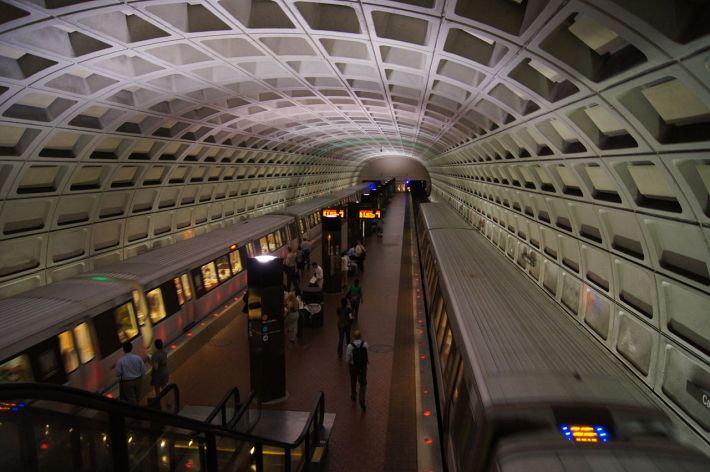
It’s not just the CTA; American transit systems in general tend to be notoriously parochial and hidebound compared to their overseas counterparts, reflecting an attitude of transit as a reluctant form of welfare for people too poor to own a car, rather than as a public amenity and source of civic pride for everybody. And it's not entirely their fault; most agencies are doing the best they can with the limited resources they have. The buck stops with our elected officials, and ultimately with us as voters. But we're never going to eliminate automobile dependency and solve the global climate crisis until public transit is at least as convenient, comfortable, and attractive as driving.
David Cole, AIA is an architect in the Seattle area. A graduate of DePaul University and the University of Cincinnati, David is a former volunteer at the Illinois Railway Museum and has practiced professionally on transit, commercial, residential, and institutional projects in Chicago, New York, and Seattle since 1995.

